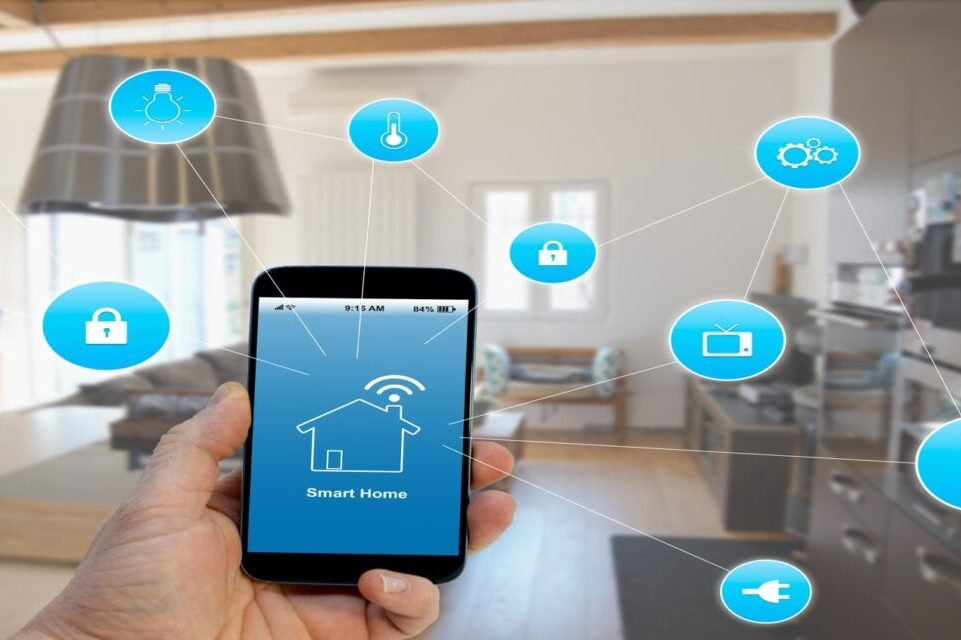Smart home technology is taking off. Home automation systems can increase the value of homes, providing a multi-purpose and multi-connected hub that can be controlled and programmed via the cloud by tablets and smartphones. Most homes can now enjoy the convenience be able to control their heating, air conditioning, lighting, audio system, surveillance cameras and computers via the internet remotely.
Data-driven reports predict that the market for everything from voice assistants to interactive security systems will cross a significant revenue threshold in the years to come. In Australia alone, the household Internet of Things (IoT) market reached A$1 billion in 2018, a surge in growth by 57 per cent since 2017.
As Australian households become younger with tech enthusiasts who are likely to use consumer devices such as drones, VR (virtual reality) headsets and location tracking tags, the demand for smart home technology will continue to steadily rise. The market is expected to reach A$5.3 billion by 2023, with the average household using an estimated 18 smart devices.
The arrival of new, affordable DIY smart home automation products into the country is making the IoT at home a reality for many Australian consumers. Energy management, lower cost devices and unobtrustive wireless DIY installations are key drivers for the adoption of smart home automation systems.
Ths market will continue to evolve through a number of stages over the next decade. There will soon be significant opportunities to unify a large installed base of disparately connected devices under a master control system (a smart home hub), giving service providers an opportunity to generate annuity and subscription revenue such as security monitoring.
